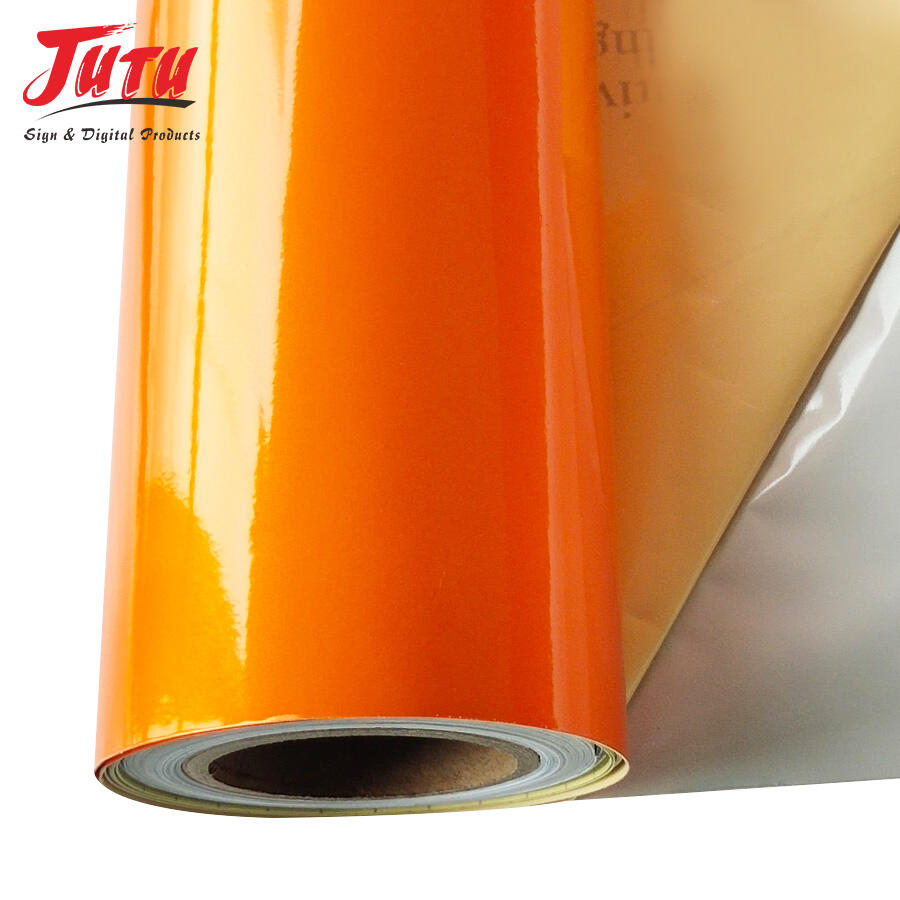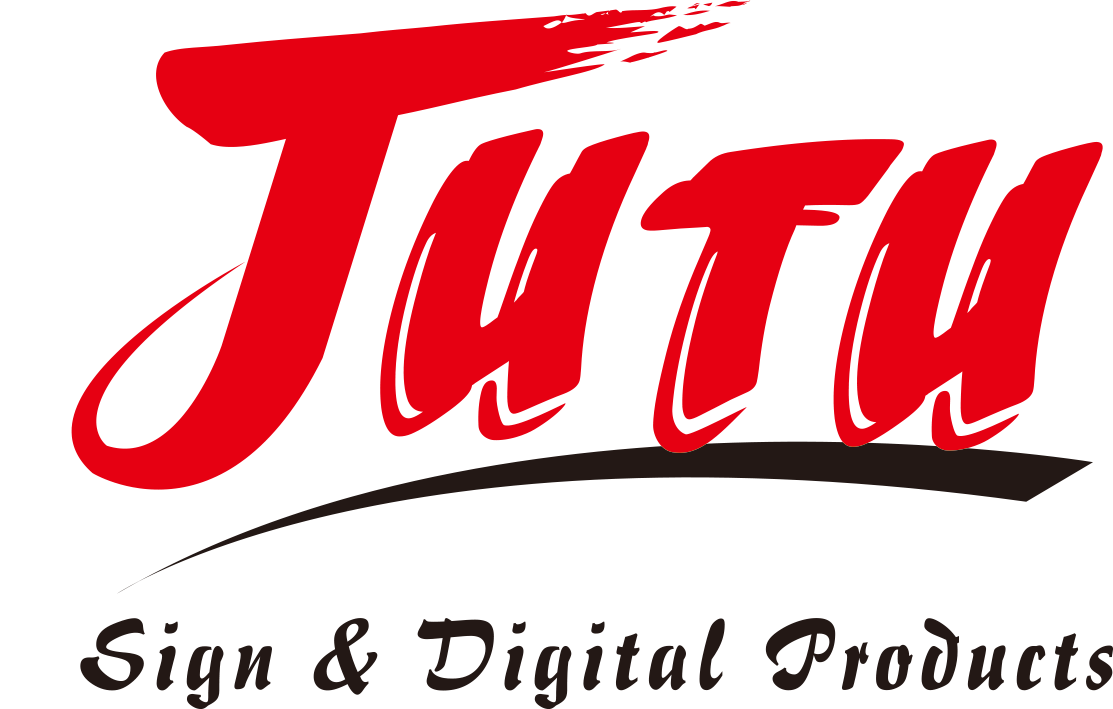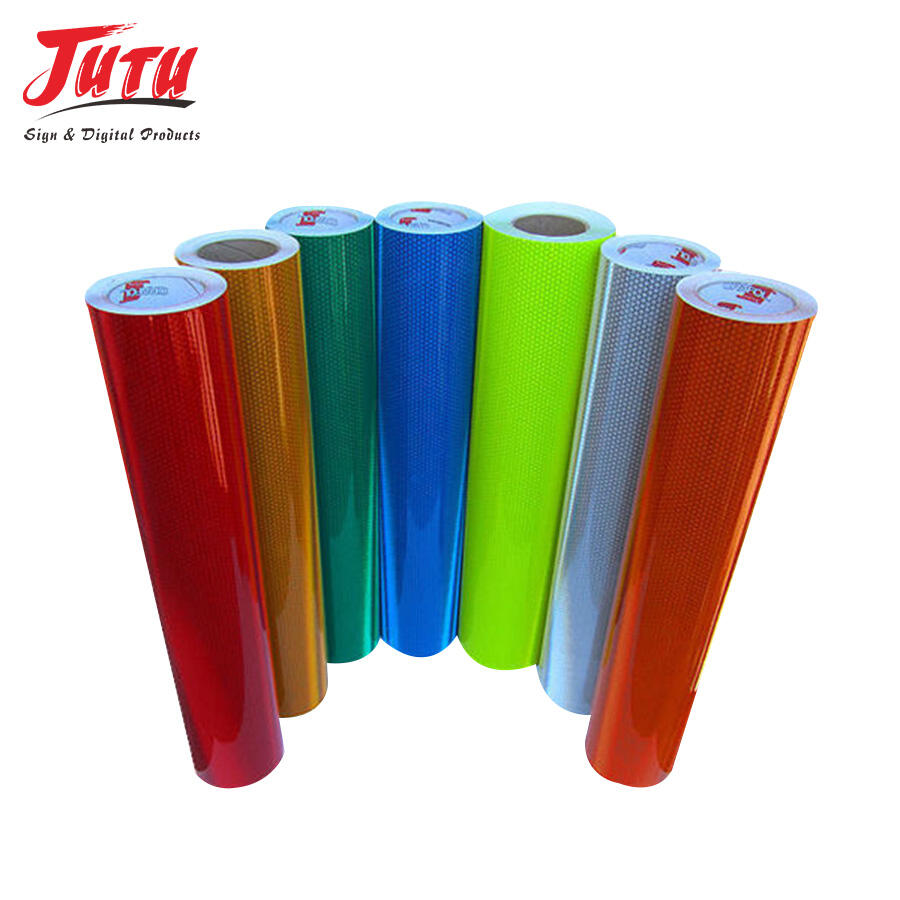Understanding the Evolution of Reflective Technology in Modern Safety Applications
The advancement of reflective materials has revolutionized safety applications across industries, from road signage to personal protective equipment. At the forefront of this evolution stands micro-prismatic reflective sheet technology, representing a significant leap forward from traditional glass-bead reflective materials. This innovative technology has captured the attention of safety experts and manufacturers worldwide, promising enhanced visibility and superior performance in critical applications.
The Science Behind Reflective Technologies
Micro-prismatic Structure and Light Management
Micro-prismatic reflective sheet technology utilizes precisely engineered microscopic prisms arranged in a specific pattern. These prisms are designed to capture incoming light and return it directly to its source with minimal dispersion. The geometric precision of these structures enables them to reflect light more efficiently than their glass-bead counterparts, resulting in significantly brighter and more consistent reflection patterns.
The advanced manufacturing process ensures that each prismatic element maintains perfect alignment, creating a uniform reflective surface that maintains its effectiveness across various viewing angles. This systematic arrangement contributes to the material's superior performance in both day and night conditions.
Glass-Bead Technology Mechanics
Traditional glass-bead reflective materials rely on spherical glass particles embedded in a reflective backing. When light strikes these beads, it undergoes multiple refractions and reflections before returning to the source. While this method has served well for decades, it inherently experiences more light loss and scattering compared to micro-prismatic systems.
The random nature of glass-bead distribution and varying bead sizes can lead to inconsistent reflection patterns and reduced effectiveness at certain angles. These limitations become particularly apparent in challenging weather conditions or when viewed from extreme angles.
Performance Metrics and Brightness Comparison
Retroreflective Efficiency
When measuring retroreflective performance, micro-prismatic reflective sheet consistently demonstrates superior results. Laboratory testing shows that micro-prismatic materials can achieve up to 250% higher retroreflective values compared to glass-bead alternatives under standardized conditions. This increased efficiency translates to enhanced visibility at greater distances and improved safety margins for users.
The structured nature of micro-prismatic technology allows for more precise control over the reflection angle, resulting in optimized light return across a wider range of entrance angles. This characteristic is particularly valuable in real-world applications where viewing angles constantly change.
Environmental Performance Factors
Environmental conditions significantly impact the performance of reflective materials. Micro-prismatic reflective sheet maintains its brightness advantage even in adverse weather conditions, showing minimal degradation in wet or foggy environments. The sealed prismatic structure prevents moisture infiltration, which can otherwise compromise reflective properties.
Glass-bead systems, while still functional, typically experience more significant performance reduction in challenging environments. The exposed nature of the beads makes them more susceptible to environmental factors, potentially affecting long-term brightness and reliability.

Practical Applications and Industry Impact
Transportation Safety Solutions
The transportation sector has widely embraced micro-prismatic reflective sheet technology for highway signage, vehicle markings, and construction zone safety equipment. The enhanced visibility provided by these materials has contributed to improved road safety, particularly during nighttime and low-light conditions. Traffic safety studies indicate a significant reduction in nighttime accidents where micro-prismatic materials are implemented.
The durability and consistent performance of micro-prismatic materials make them particularly valuable for critical safety applications where visibility cannot be compromised. Transportation authorities worldwide increasingly specify these materials for high-risk areas and essential safety installations.
Personal Protective Equipment Innovation
In the realm of personal protective equipment (PPE), micro-prismatic reflective sheet has enabled the development of more effective safety garments and accessories. Workers in high-risk environments benefit from the increased visibility provided by these materials, especially in low-light industrial settings or outdoor work environments.
The superior brightness and consistent performance of micro-prismatic materials have led to the development of new safety standards and specifications across various industries. This has resulted in enhanced worker protection and reduced workplace accidents related to visibility issues.
Economic and Sustainability Considerations
Long-term Cost Analysis
While micro-prismatic reflective sheet typically carries a higher initial cost compared to glass-bead alternatives, the total cost of ownership often proves more favorable. The extended service life and maintained performance characteristics reduce replacement frequency and associated labor costs. Organizations implementing these materials frequently report positive return on investment through reduced maintenance requirements and improved safety outcomes.
The durability of micro-prismatic materials also contributes to reduced waste and replacement costs over time. This aspect becomes particularly relevant in large-scale installations where maintenance and replacement logistics can be significant cost factors.
Environmental Impact Assessment
Modern micro-prismatic reflective sheet manufacturing processes have been optimized for environmental sustainability. The materials are increasingly produced using recycled components and energy-efficient methods. Additionally, the longer service life of these materials reduces the environmental impact associated with frequent replacements.
Manufacturers continue to invest in research and development to improve both the performance and sustainability aspects of micro-prismatic technology. This ongoing innovation promises even more efficient and environmentally friendly solutions in the future.
Frequently Asked Questions
How much brighter is micro-prismatic reflective sheet compared to glass-bead materials?
Micro-prismatic reflective sheet typically provides 150-250% higher retroreflective values compared to traditional glass-bead materials, depending on specific viewing conditions and product specifications.
What is the typical lifespan of micro-prismatic reflective materials?
Under normal conditions, high-quality micro-prismatic reflective sheet can maintain effective performance for 7-10 years or more, significantly outlasting traditional glass-bead alternatives which typically require replacement after 3-5 years.
Are micro-prismatic materials suitable for all weather conditions?
Yes, micro-prismatic reflective sheet is engineered to perform effectively across various weather conditions, maintaining superior brightness and visibility even in wet, foggy, or challenging environmental situations.

